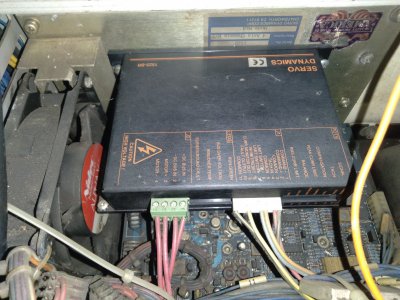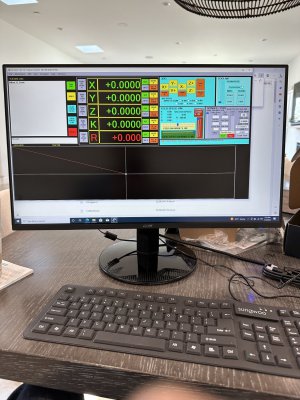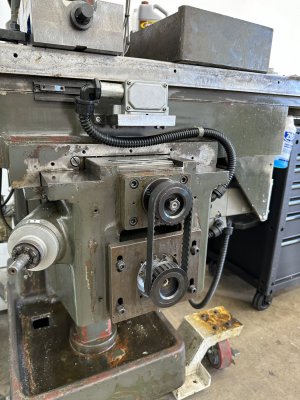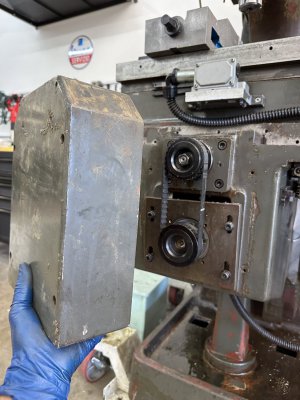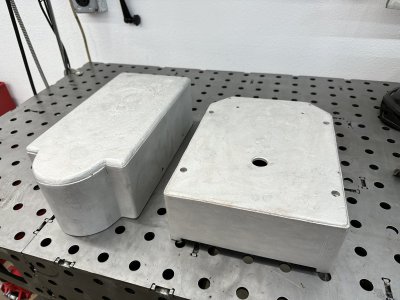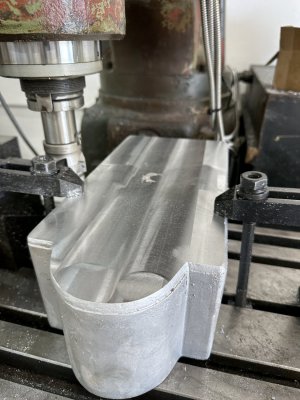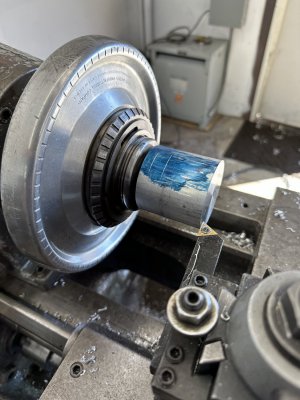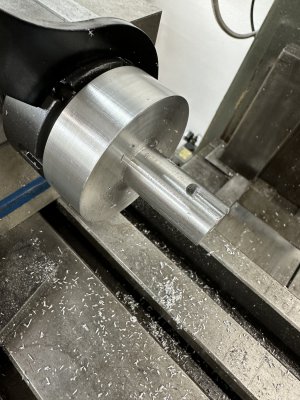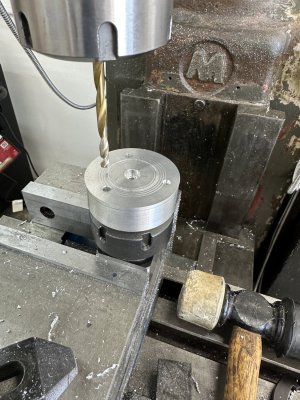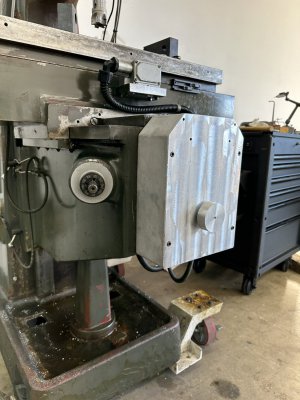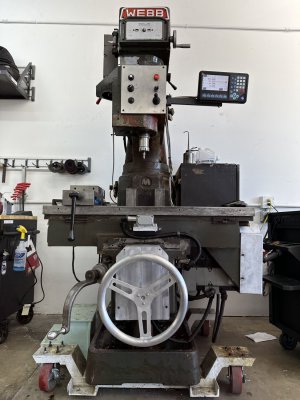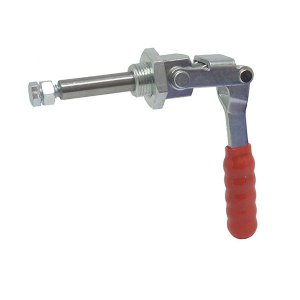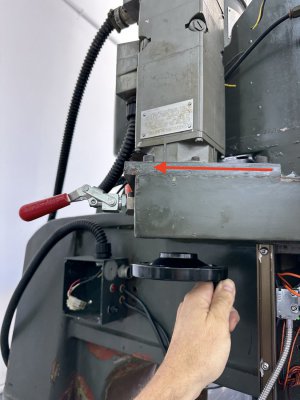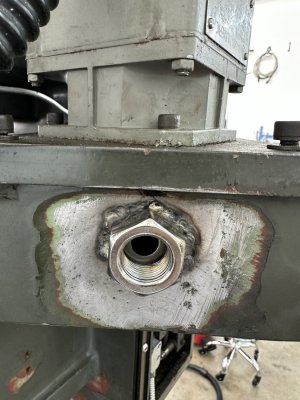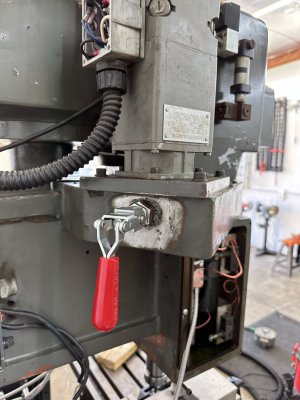- Joined
- May 2, 2021
- Messages
- 330
Tried Webb - no luck there.
They still support the machine with some mechanical parts - but had little information on the CNC side of it.
I found some links - ironically from a past post on this site.
Helped me find a third link as well.
Different manuals - that appear to be for the type of Funac controller I have.
https://www.cnccenter.com/pdfs/61404e.pdf
http://cncmanual.com/fanuc-0-0-mate-machining-center-parameter-manual-61410e/108/
Little more web(b) searching turned up this "connections manual" - which has some basic schematics in it.
http://dermako.com/Fanuc_Web_Manuals/CNCs_Legacy/61393e.pdf
Posting here so I can easily find.
Not sure if helpful...
@ sdelivery did your machine come with any schematic info or manuals?
They still support the machine with some mechanical parts - but had little information on the CNC side of it.
I found some links - ironically from a past post on this site.
Helped me find a third link as well.
Different manuals - that appear to be for the type of Funac controller I have.
https://www.cnccenter.com/pdfs/61404e.pdf
http://cncmanual.com/fanuc-0-0-mate-machining-center-parameter-manual-61410e/108/
Little more web(b) searching turned up this "connections manual" - which has some basic schematics in it.
http://dermako.com/Fanuc_Web_Manuals/CNCs_Legacy/61393e.pdf
Posting here so I can easily find.
Not sure if helpful...
@ sdelivery did your machine come with any schematic info or manuals?


